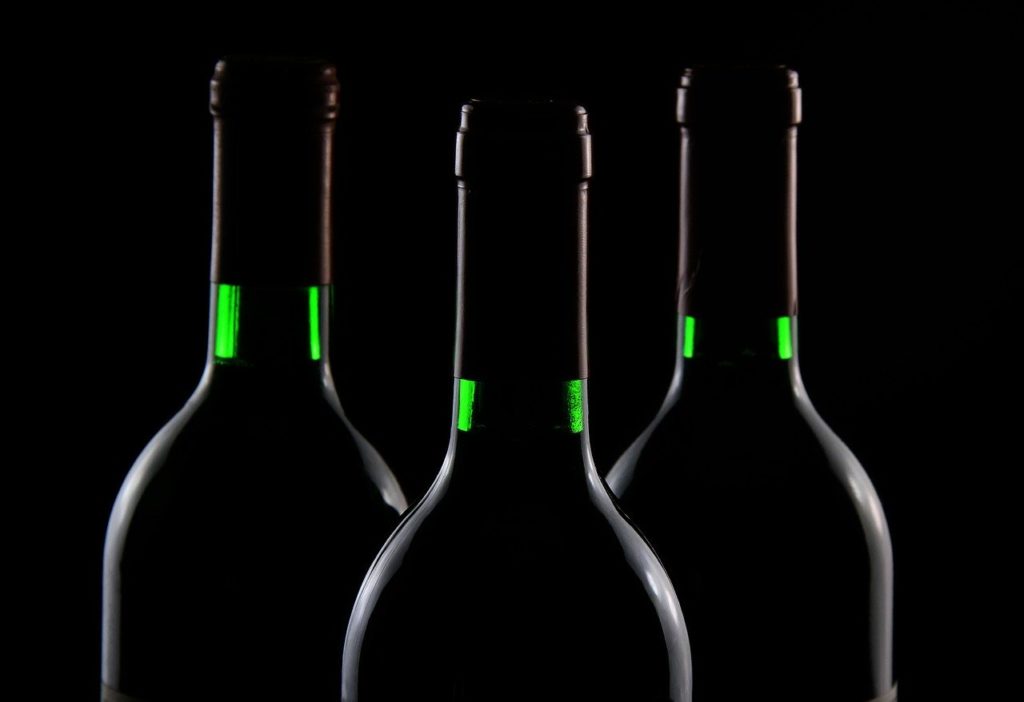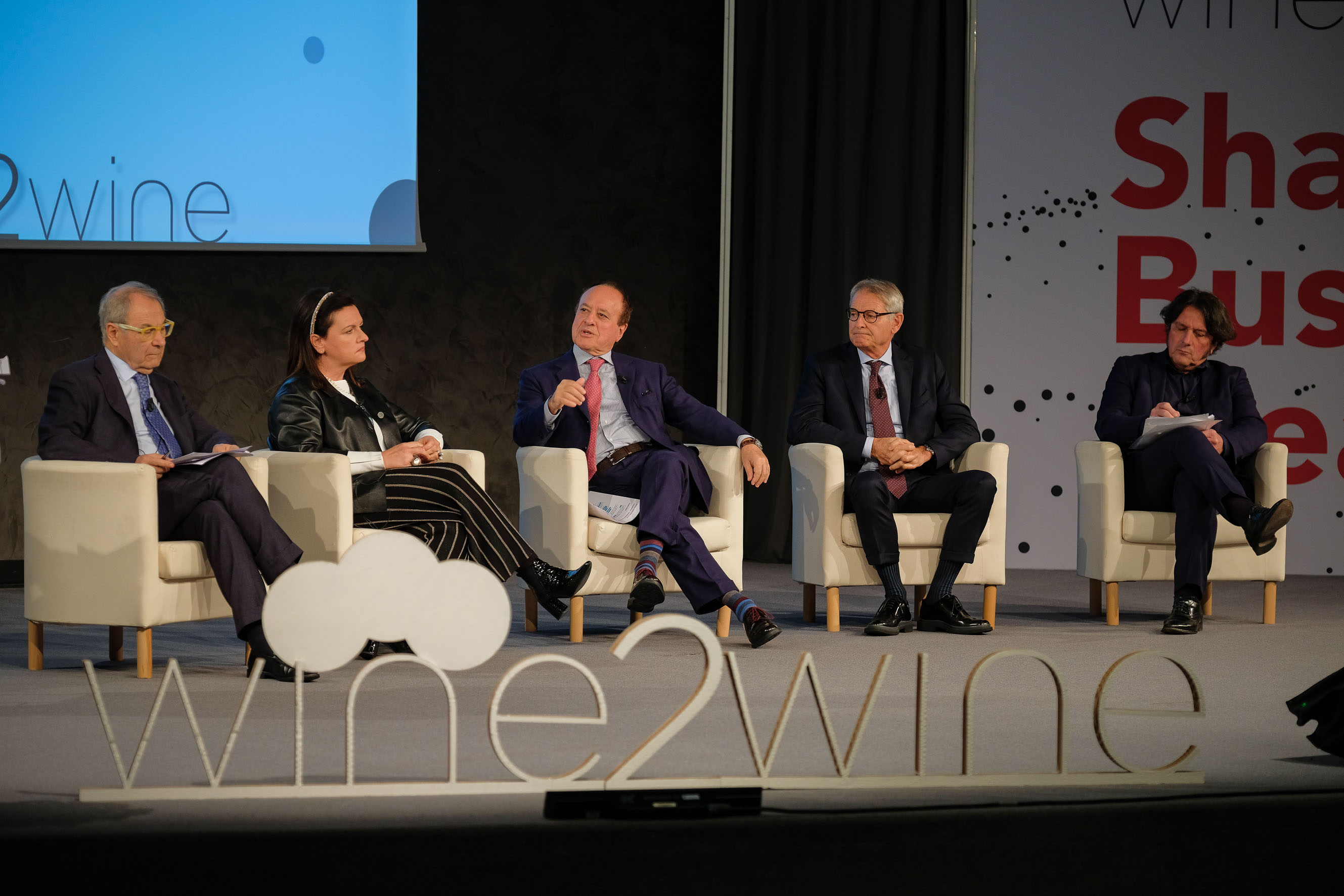Italian wine exports are making ready to celebrate ten consecutive record-setting years at the end of 2019, posting 6.36 billion euros in value and growth of 2.9% over 2018. A snapshot that sees Italian wine retain second place among the world’s wine-making superpowers (Spain, third, will lose almost 7%) yet widens the gap with France, increasing its lead thanks to a leap in sales of 7.8% to break through the 10 billion euro export barrier for the first time. The last calculation regarding wine market trends was previewed today with the estimates prepared by the Vinitaly Observatory-Nomisma Wine Monitor based on customs data during the wine2wine training and networking event organised by Vinitaly today and tomorrow at Veronafiere.
The Observatory – after analysing trends for the top seven wine exporting countries (France, Italy, Spain, Australia, New Zealand, Chile and USA) cross-referenced with flows to the 10 main importer countries – suggests that 2019 will close on a positive note for the Italian wine trade and even more so on a global scale. The increase in imports from the ‘seven sisters of wine’, despite uncertainty as regards duties and economic crises, will be 3.6%, with peak figures for New Zealand (+10.2%) and Chile (+5.8 %), while Australia (-0.3%) and the USA (-3.7%) will post downturns.

Overall, Made in Italy is expected to achieve a reassuring recovery with its still wines (+3.3%), while sparkling wines – the frontrunners in recent years – will ‘slow down’ to +5.8%, again in the wake of contraction on the UK market. Lastly, falling prices penalise bulk wine (-10%). In more detail, demand for Italian wine will see Japan in the forefront in terms of growth, with an increase in value of more than 17% to almost 200 million euros, followed by Russia – making a strong recovery (+11.1%) even after last year’s good performance – and Canada (+6.2%).
“Market analysis reveals a highly competitive snapshot in this sector,” said the CEO of Veronafiere, Giovanni Mantovani; competition has grown in direct proportion to a business sector increasingly decisive for the economies of individual countries. Our task is ensure added value for Italian wines through process and system innovation capable of improving our market shares. The increase in US and Chinese buyers envisaged for the next edition of Vinitaly will be important, since, among other things, the Impact factorproject will also be launched: it envisages interaction with companies to optimise the flow of buyers not the least thanks to tracking ensured by new technologies.”
Italy’s performance suggests that there is still significant room for improvement, starting from the average price (down by 2%) through to greater reactivity on emerging markets and less dependence on increasingly mature historic markets (Germany and United Kingdom).
The manager of the Vinitaly Observatory-Nomisma Wine Monitor, Denis Pantini, said: “2019 saw further growth for Italian wine exports, with significant increases on markets such as Japan where the free trade agreement with the European Union has facilitated trade. This took place against a market scenario that, on the contrary, is dominated by protectionist policies and trade wars that do not benefit growth in exports in the least, Italy included. While it is well-known that the development of international trade allows growth in GDP and incomes, it is also evident that wine consumption is highly sensitive to variations in income: where income expands, consumption increases to a more than proportional extent and vice versa. To all intents and purposes, the risk that seems to emerge over the next few years is one of a general downturn in the international wine trade that will inevitably also affect Italian wines.”

The USA will perform well (+5%), still the leading market in the world and set to close at around 1.8 billion euros, although the increase will be lower than the average for overall imports (+7.5%) and above all the +11.4% performance achieved by France (very close to 2 billion euros). The race to purchase products before additional pre-duties are applied will be a favourable circumstance, especially involving mid-range red and rosé wines in particular as of the early months of 2020.
Great Britain was down (-2.8%), following a sharp decrease in demand for Italian sparkling wines, as well as Sweden (-0.8%) and China (-3.8%), where, nonetheless, Italy will perform better than average as regards Chinese imports thanks to a good recovery in the second half year.
